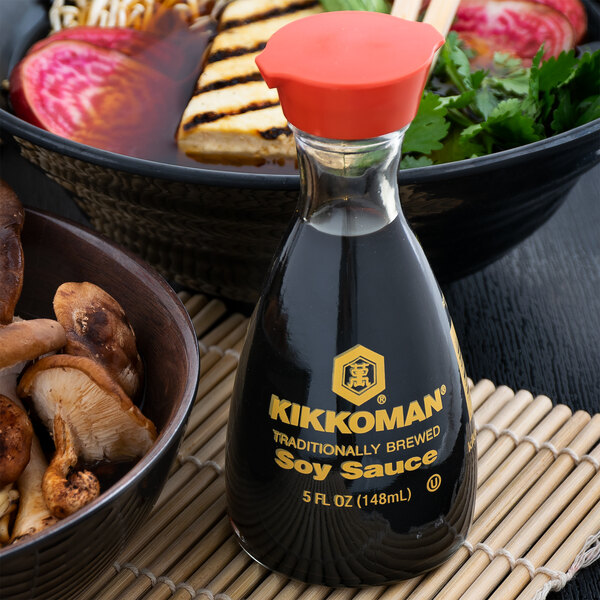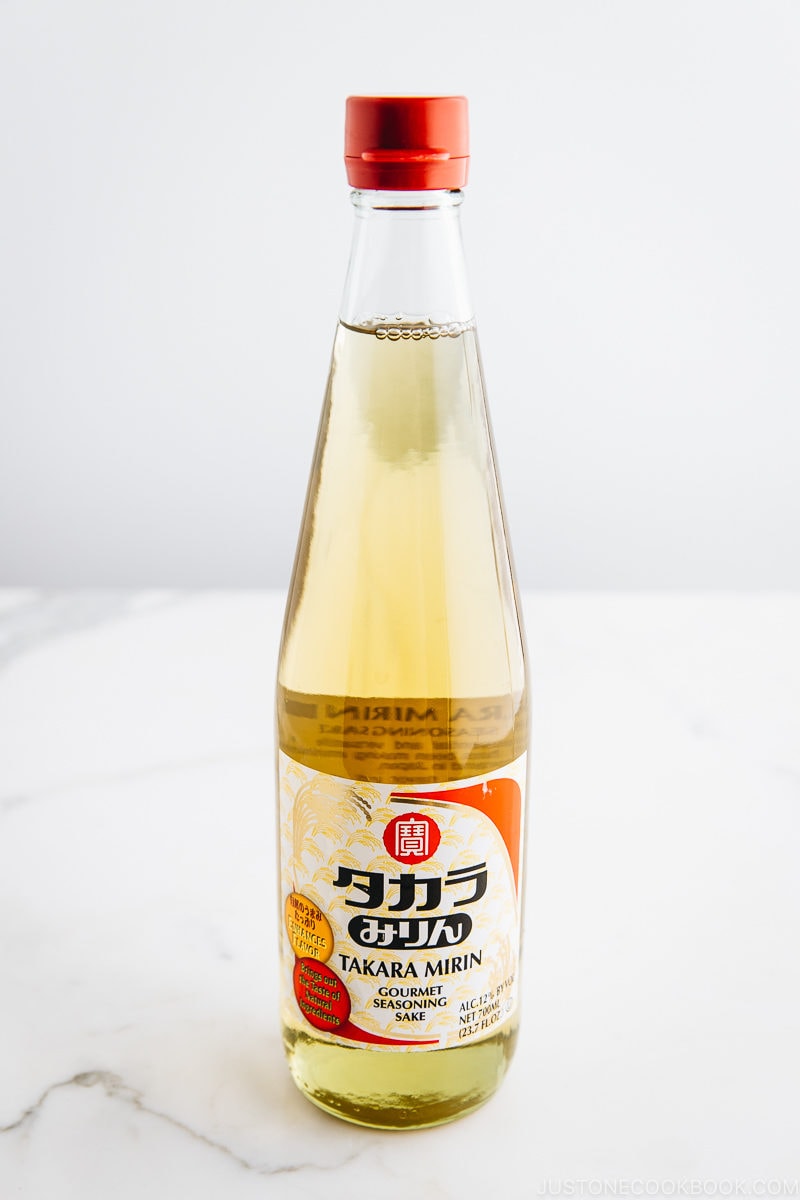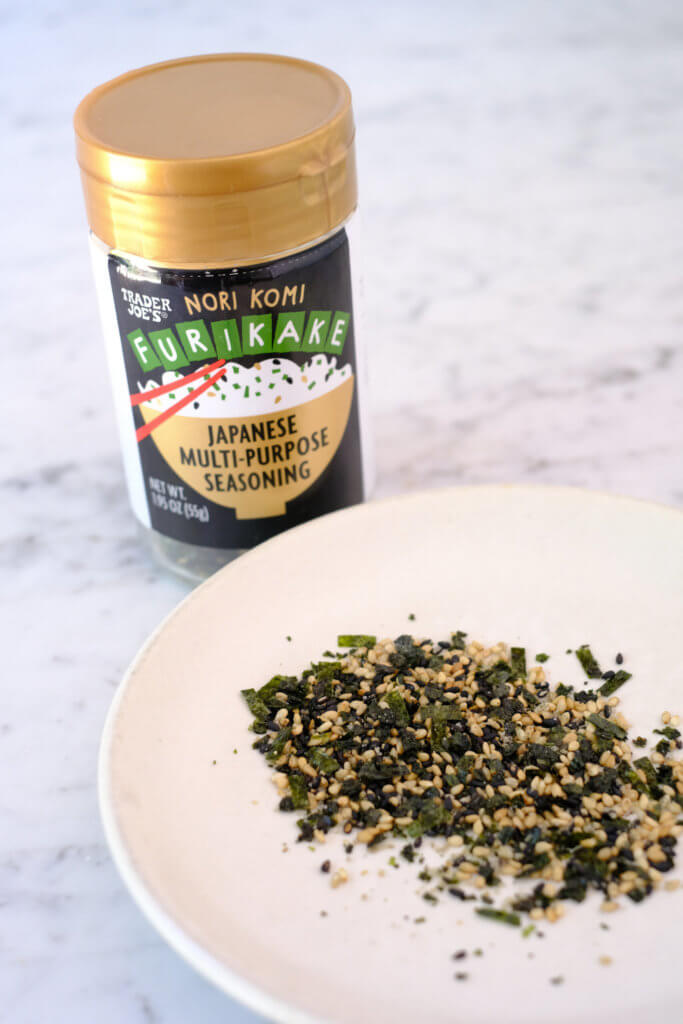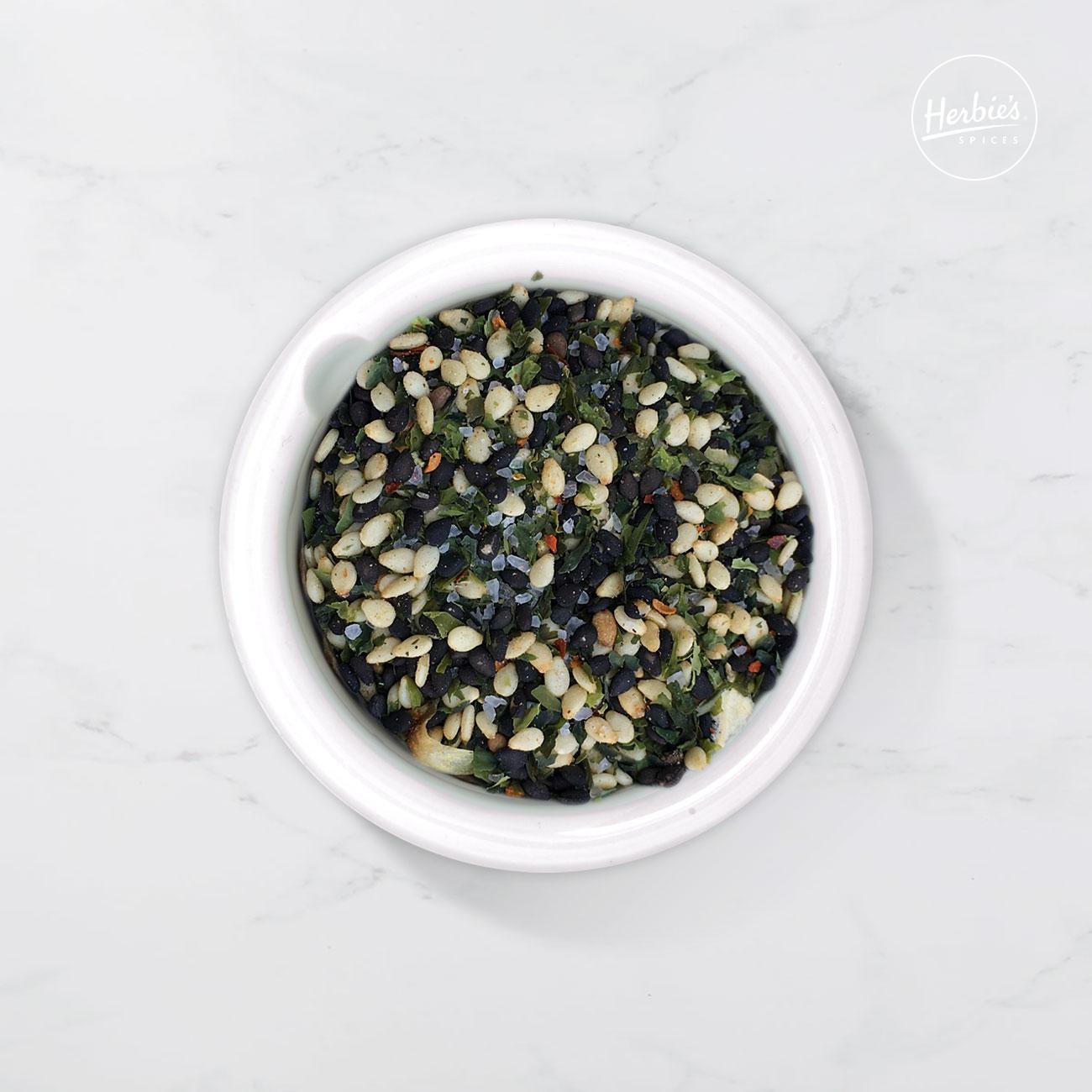What is
Japanese Seasoning?
Japanese seasonings refer to a variety of flavor elements and condiments used in Japanese cuisine to enhance the taste of dishes. Common seasonings include soy sauce, miso, mirin, and rice vinegar, each bringing a unique flavor profile to Japanese dishes.
Origins & History
Japanese seasonings have been developed over centuries, influenced by both domestic ingredients and foreign trading routes. Soy sauce, for instance, has its origins in China before becoming staple seasoning in Japan. Mirin and miso are also deeply rooted in Japanese agricultural and fermentation practices, reflecting the country's philosophy of utilizing local ingredients.
Taste & Texture
Japanese seasonings typically provide a balance of umami, sweetness, saltiness, and acidity, creating a complex flavor experience.
Ingredients

Soy Sauce
A fermented condiment made from soybeans and wheat, soy sauce adds a salty, umami flavor.
Miso
A fermented soybean paste that varies in flavor from sweet to very salty and rich in umami.

Mirin
A sweet rice wine used for cooking that enhances the sweetness and complexity of dishes.
Rice Vinegar
Made from fermented rice, rice vinegar offers a mild tanginess and slight sweetness.
Dashi
A broth made from kelp and fish flakes; it provides umami flavor and is a fundamental component in many Japanese dishes.
This item may contain the following allergens:
Soy

Images may not reflect the actual item.









